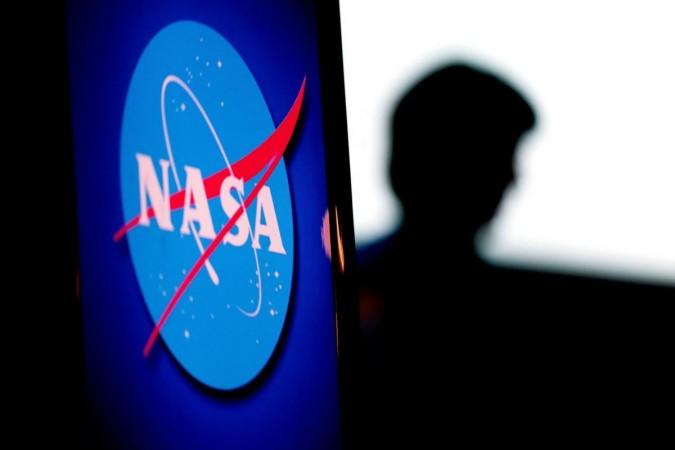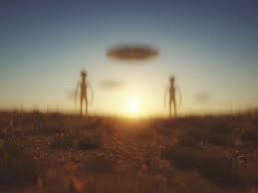NASA has confirmed that it's establishing an independent group of investigators to study unidentified aerial phenomena (UAP), formerly known as UFOs, in the latest effort to investigate the mysterious objects reported by hundreds of pilots.
The announcement was made public on Thursday, as the space agency stated researchers will be tasked with "identifying available data, how best to collect future data, and how NASA can use that data to move the scientific understanding of UAPs forward.

The statement further informed that the study will begin in the fall and take about nine months to complete, with researchers planning to issue their findings in a public report.
The release noted that "[t]here is no evidence UAPs are extraterrestrial in origin. However, the particular effort is separate from the work of a Defense Department group that has been investigating the incidents reported by aviators for several years, but NASA noted that the agency has "coordinated widely across the government regarding how to apply the tools of science to shed light on the nature and origin of unidentified aerial phenomena."
The announcement came on the back of an increase in the number of encounters reported with UAPs has exploded in recent years as the military has encouraged pilots to document their experiences, citing possible national security threats. The incidents acknowledged publicly typically involve strange objects zooming at high speeds across vast distances, with no apparent propulsion system.

A report by the Office of the Director of National Intelligence (ODNI) and the Pentagon's UAP Task Force issued last year found no evidence to suggest the objects originated from a foreign adversary or were extraterrestrial in nature, but investigators also could not explain most of the incidents.
NASA said the team of scientists investigating the incidents will be led by David Spergel, the president of the Simons Foundation and an astrophysicist who formerly chaired Princeton University's astrophysics department.
"Given the paucity of observations, our first task is simply to gather the most robust set of data that we can," Spergel said. "We will be identifying what data — from civilians, government, non-profits, companies — exists, what else we should try to collect, and how to best analyze it."
Pentagon officials working to identify the origins of UAPs testified before a House subcommittee last month in the first public hearing on the matter in more than 50 years. They told lawmakers the number of reported encounters had grown to about 400 over nearly 20 years, with 11 "near-misses" between the objects and military jets.















